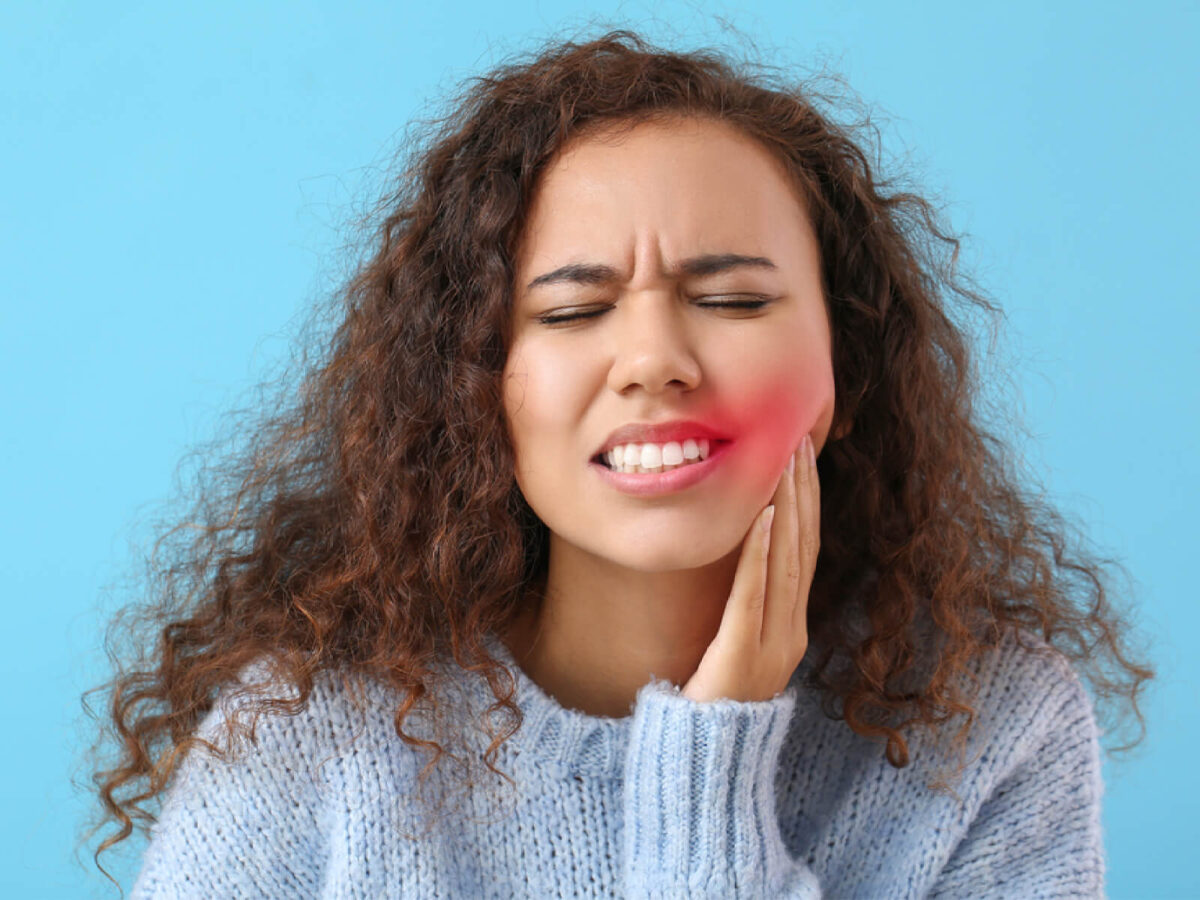Maintaining a balanced diet is an essential element of recovery after dental surgery. Choosing the right foods can aid healing, prevent complications, and speed up recovery. In this detailed guide, we analyze the post-dental surgery diet, providing a roadmap to support your recovery and encourage maximum healing.
Factors Influencing Food Choices Following Dental Surgery:
Before delving into post-dental surgery diet suggestions, it’s critical to explore the factors influencing food choices during the post-operative period:
- Avoiding Irritation:
Oral tissues may be sensitive or prone to irritation following dental surgery. Soft, non-abrasive foods can help reduce discomfort during eating.
- Promoting Healing:
Certain nutrients are essential in the healing process. Foods high in vitamins, minerals, and protein can aid tissue healing and minimize the chance of infection.
- Maintaining Hydration:
Adequate hydration is critical for recovery. However, some beverages, such as those high in acidity or carbonation, may aggravate surgical areas. Choosing hydrating and non-irritating options is crucial.
- Preventing Complications:
Post-operative care often includes preventing complications such as infection or surgical site damage. Food choices that lower the likelihood of complications contribute to a more successful recovery.
Best Foods to Eat After Dental Surgery:
Soft Foods:
- Yogurt: High in probiotics and protein, aiding in maintaining a healthy balance of microorganisms in the mouth.
- Applesauce: A natural source of vitamins and antioxidants.
- Mashed Potatoes: Soft, easily digestible, and a rich source of carbohydrates for energy.
Smooth Soups and Broths:
- Chicken Broth: Provides warmth, hydration, and some protein.
- Vegetable Soup: Blended vegetable soups offer critical nutrients and are easily digestible.
Protein-Rich Foods:
- Scrambled Eggs: A versatile and easy-to-eat protein-rich option.
- Greek Yogurt: Contains more protein than regular yogurt, aiding in muscle repair and immune function.
Hydrating Foods:
- Bananas: High in potassium and provide energy.
- Avocado: Smooth and nutrient-dense, a good source of healthy fats.
- Cooked Vegetables: Soft and vitamin-rich, like cooked carrots.
- Mashed Butternut Squash: Soft and flavorful, high in vitamins and antioxidants.
Water and Other Hydrants:
- Water: Essential for recovery and overall health.
- Herbal Tea: Non-caffeinated herbal teas, like chamomile or peppermint, offer relief and hydration.
Whole Grains and Dairy Alternatives:
- Muesli: Soft and nutritious, can be flavored with soft fruits.
- Quinoa: Contains protein and can be cooked to a softer consistency.
- Almond Milk or Coconut Milk: Non-dairy milk alternatives for added nutrition.
Avoid Irritants:
- Acidic and Spicy Foods: Citrus fruits, tomatoes, and spicy foods may irritate sensitive areas.
- Crunchy Snacks: Chips, pretzels, and other crunchy snacks can be rough and irritating.
Soft Treats:
- Ice Cream or Gelato: Cold and soothing, can provide relief if the surgery site is still sore.
Tips for Post-Operative Eating:
- Adhere to the Dentist’s Advice:
Follow any dietary recommendations provided by your dentist or oral surgeon.
- Chew Slowly:
Take smaller, softer bites if chewing is painful. Chew on the unaffected side to reduce stress on the surgery area.
- Maintain Hygiene:
Follow your dentist’s oral hygiene recommendations. A gentle rinse with a saltwater solution may be advised.
Wrapping Up:
Choosing the right foods to eat after dental surgery is an essential part of post-operative care. Appropriate foods can provide critical nutrients, aid in healing, and reduce the chance of complications. Remember to follow your dentist’s suggestions, stay hydrated, and listen to your body’s cues for a more comfortable recovery. By making informed and healthy choices, you can assist your body’s healing processes and return to optimal dental health.


